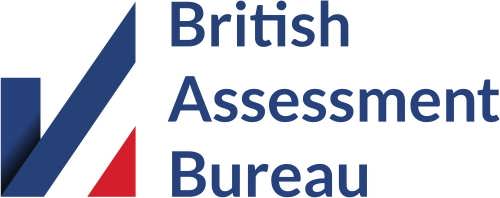ISO 9001 Certification
How to get certified to ISO 9001
How long does it take to achieve ISO 9001 certification?
How do we get started?
What is involved in the audit process?
The assessor/auditor will check that your written Quality Management Systems meet the requirements of the ISO 9001 Standard and match what you are actually doing and highlight any areas of deficiency and potential improvement of the system.
Once any required changes have been made, your organisation will then be ready for your Stage 2 certification assessment. The assessor/auditor will check that you are working to the requirements of Quality Management Systems and the ISO 9001 Standard. This should be conducted by an independent 3rd party, UKAS Accredited certification body.
Do I need to use a UKAS-accredited certification body?
Sadly, the ISO industry is not fully regulated and therefore anyone can issue certificates for ISO standards; however, only accredited bodies can issue UKAS-accredited certificates that have been backed by the UK Government.
The reason UKAS-accredited certificates are the most valued is because many organisations will only accept UKAS-accredited certificates from businesses who are looking to offer services to them. The UK Government has issued a statement which makes it clear that it only recognises UKAS-accredited certificates and that these are the “only ‘authoritative statement’ of competence”.
A quick guide to achieving ISO 9001
All staff must be aware of what is expected of them and where their areas of responsibility lie, in order to achieve ISO 9001 certification.
A documented Quality Management System is required, together with the policies and procedures required by ISO 9001.
A documented Quality Management System will define:
- Organisation structure
- Who should record information and what information is recorded
- Responsibilities of employees
- Lines of communication throughout the company
- What actions are required
- How continuity will be maintained as staff change
System definition
You will need to:
- Define who your customers are for each department, for example:
- For the sales and marketing department it will be the end users.
- For the IT department it will be internal departments.
- Document the activities in each area.
- Review the ISO 9001 Standard to ensure the requirements have been met.
- Identify any problem areas and rectify them
Management of Documentation
Controlling the use of documents to ensure the latest version is being used is an important part of ISO 9001. You will need a robust system to ensure that old versions are removed and new versions distributed to the various internal departments, together with a system for version control.
You will need to identify which records are to be kept to comply with the requirements of your ISO 9001 system and what you need to successfully run the business.
Corrective and preventive measures
You should keep a record of any actions you have taken to rectify a problem. Where possible you should identify potential problem areas and set up a system to prevent or minimise their effect before it happens.
On-going support and training
Future training requirements can then be implemented together with any new skills that may be needed as the business evolves.
Using this information you will be able to identify any gaps in experience if you install new equipment or add new products.
Regular Internal Quality Auditing
The Internal Auditor will check that procedures in the Quality Manual are being followed and will identify any areas of concern to be rectified.
You must have a procedure for how audits are to be planned, conducted and recorded.
